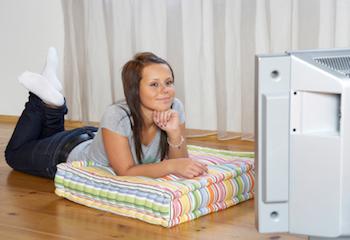In these modern times, it can be hard to prise away teenagers from the clutches of TV or video games. Now, new research suggests that high media use, combined with low physical activity and lack of sleep, may increase the risk of mental illness for adolescents.
This is according to a study published in the journal World Psychiatry.
The research team, led by investigators from the Karolinska Institutet in Sweden, recruited 12,395 adolescents aged between 14 and 16 years from randomly selected schools across 11 European countries.
The researchers analyzed the participants for the prevalence of risk behaviors - such as excessive alcohol use, illegal drug use, reduced sleep, sedentary behavior and high use of TV, internet and video games not related to school or work - using a questionnaire called the Global School-based Student Health Survey (GSHS).
The research team wanted to see whether these behaviors were linked to mental illness - such as depression, anxiety and conduct problems - and self-destructive behaviors in the adolescents.
'Invisible' group at risk of mental health problems
On assessing the results, the investigators discovered three risk groups.

Researchers found that teenagers who had high media use, sedentary behavior and reduced sleep showed symptoms associated with mental illness.
The first group, labelled the "high-risk" group, scored high on all examined risk behaviors. This group was made up of 13% of the adolescents.
The second group, deemed the "low-risk" group, made up 58% of the adolescents. This group had no or very low frequency of risk behaviors.
To read more: http://www.medicalnewstoday.com/articles/272178.php
No comments:
Post a Comment